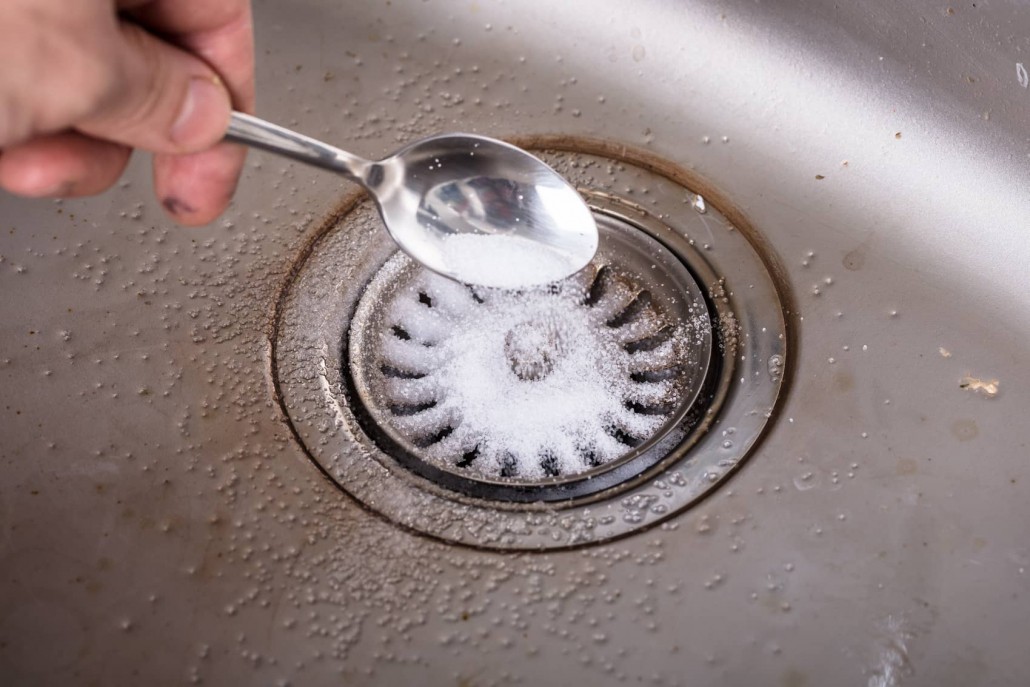People in the market for body armor may find themselves overwhelmed by the variety of choices on the market today. There is a lot of information to process for the prospective body armor buyer and you could spend months researching before knowing exactly what you are looking for. Sometimes a little guidance can shorten the amount of research time needed to make a good decision by giving you some simple criteria to begin your search.
The threat level is the most complex attribute of body armor to understand. The National Institute of Justice (NIJ) manages a certification program that can give buyers some idea of what to expect from their armor. The NIJ’s system breaks body armor into various threat levels, ranging from II to IV. Although the threat levels are numerical and give some indication of an armor’s ability to stop a higher ballistic threat, the NIJ’s ratings is actually more complicated than simply saying “level IV is better than level III”, because that statement overlooks other details.
Level II
Level II armor is typically soft body armor made from woven or fibrous materials like Kevlar, Twaron, and Dyneema. This level is designed to protect against 9x19MM FMJ rounds traveling at 1175 feet per second and .357 Magnum Jacketed Soft Point rounds at 1400 feet per second. Level II armor is usually flexible and relatively comfortable compared to other armor types. It can withstand multiple spaced hits, but always verify the multi-hit capability and specific threat protection of any armor you consider.
Level IIIA
Level IIIA armor is designed to stop .44 Magnum Jacketed Hollow Points traveling at 1400 feet per second. Like level II, it is usually made of soft materials, though rigid plates with a IIIA rating are also available. These rigid plates, often called ‘speed plates,’ offer a lightweight solution but may cover less area than soft armor. As of now, the NIJ certifies IIIA soft body armor but not IIIA rigid plates.
Level III
Level III armor introduces hard plates, often called rifle plates. These plates are designed to stop six spaced hits of 7.62X51MM NATO Full Metal Jacket rounds traveling at 2750 feet per second, similar to the .308 Winchester hunting round. It’s important to note that armor rated to stop certain threats may not stop smaller caliber bullets. Sometimes, a slower bullet can penetrate armor that would stop the same bullet at a higher speed. This makes selecting armor more complex, emphasizing the importance of understanding its true capabilities.
While the 7.62x51MM NATO round used in testing Level III armor is generally considered larger than the 5.56MM round fired by AR-15s, certain 5.56MM rounds can penetrate some armor materials. For example, the M855 “Green Tip” can penetrate pure polyethylene plates, and the M193 variety can penetrate steel plates like AR500. Some manufacturers use a III+ designation to indicate plates that can stop these specific threats. However, the NIJ does not officially recognize III+, so verify the actual protection level with the manufacturer before purchasing.
Level IV
Level IV is the highest NIJ rifle plate rating. It must stop a single hit from a 7.62MM Armor-Piercing “Black Tip” bullet, effectively a .30-06 AP round. Unlike Level III, which is rated for multiple shots, Level IV is rated for just one shot. Depending on your needs, Level IV may not always be better than Level III despite its higher numerical ranking.
Other Testing Protocols
Apart from the NIJ, other organizations have established testing protocols. The military uses the SAPI (Small Arms Protective Insert) program, which includes plates designed to military specifications. These plates were first used with the Interceptor carrier system and later with the Improved Outer Tactical Vest (IOTV) and Modular Tactical Vest (MTV). In 2005, the military introduced the Enhanced SAPI (ESAPI) program. Sizes for E/SAPI plates range from Extra Small (7.25 x 11.50 inches) to Extra Large (11.00 x 14.00 inches).
The DEA and FBI have their own testing protocols as well. Additionally, there are “Special Threat” plates, like the Venture FM-STX, designed to stop common threats such as AR-15, AK-47, and pistol rounds. These plates are not NIJ certified because there is no specific testing protocol for them, yet they address significant needs.
Materials
Body armor can be made from various materials, each with pros and cons related to weight, threat level, and cost. Common materials include high-density polyethylene, ceramics, and Kevlar. Hard armor materials are typically different from those in soft armor. For example, the Kevlar used in soft armor differs from that in hard plates. Hard armor materials are often thermally molded and/or compressed, affecting performance metrics like weight. Generally, lighter armor costs more due to advanced materials and construction technologies.
Choosing the Right Armor
Once you determine the threat level that meets your needs, consider whether you need Stand-Alone or In-Conjunction With (ICW) plates. Most body armor is Stand-Alone, meaning it meets its threat rating without needing a soft armor backer. ICW plates require a soft armor backer to achieve their rating. Some plates may be rated as “Level III/IV ICW,” meaning they are Level III without a backer and Level IV with one.
Plate Backers
Regardless of the hard insert type, wearing a soft armor backer is always a good idea to reduce blunt force trauma. While a plate may stop a bullet, it doesn’t eliminate the energy transfer to the wearer. Plate backers help mitigate this force, reducing the risk of severe injury.
Conclusion
Choosing the right body armor involves balancing weight, cost, and protection level. If you need to wear armor for extended periods, lightweight options are crucial. Establish your requirements before shopping: Do you need lightweight armor? Will you face pistol or rifle rounds? Are there specific threats common in your area? Do you need multi-hit plates or plates that float in water? And importantly, what is your budget?
While there are options to fit most budgets, avoid sacrificing too much for the sake of saving money. Armor that is too heavy may not be worn consistently and can impede mobility, increasing danger in hostile situations. It’s better to avoid being shot than to rely solely on armor to stop a bullet.
If you have questions, visit our Help page and start a chat. We’re here to answer any body armor questions, regardless of where you buy it, to the best of our knowledge!




